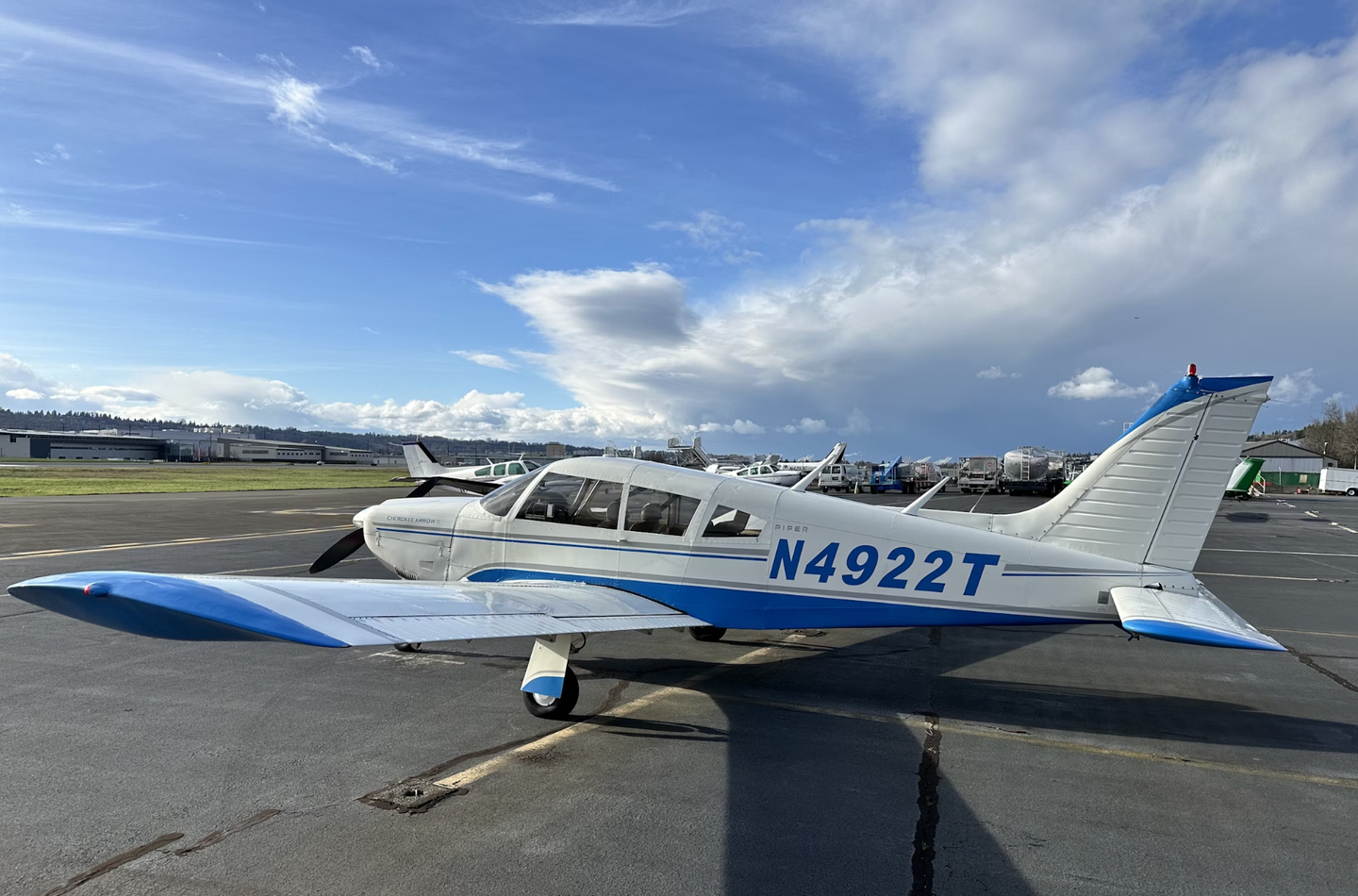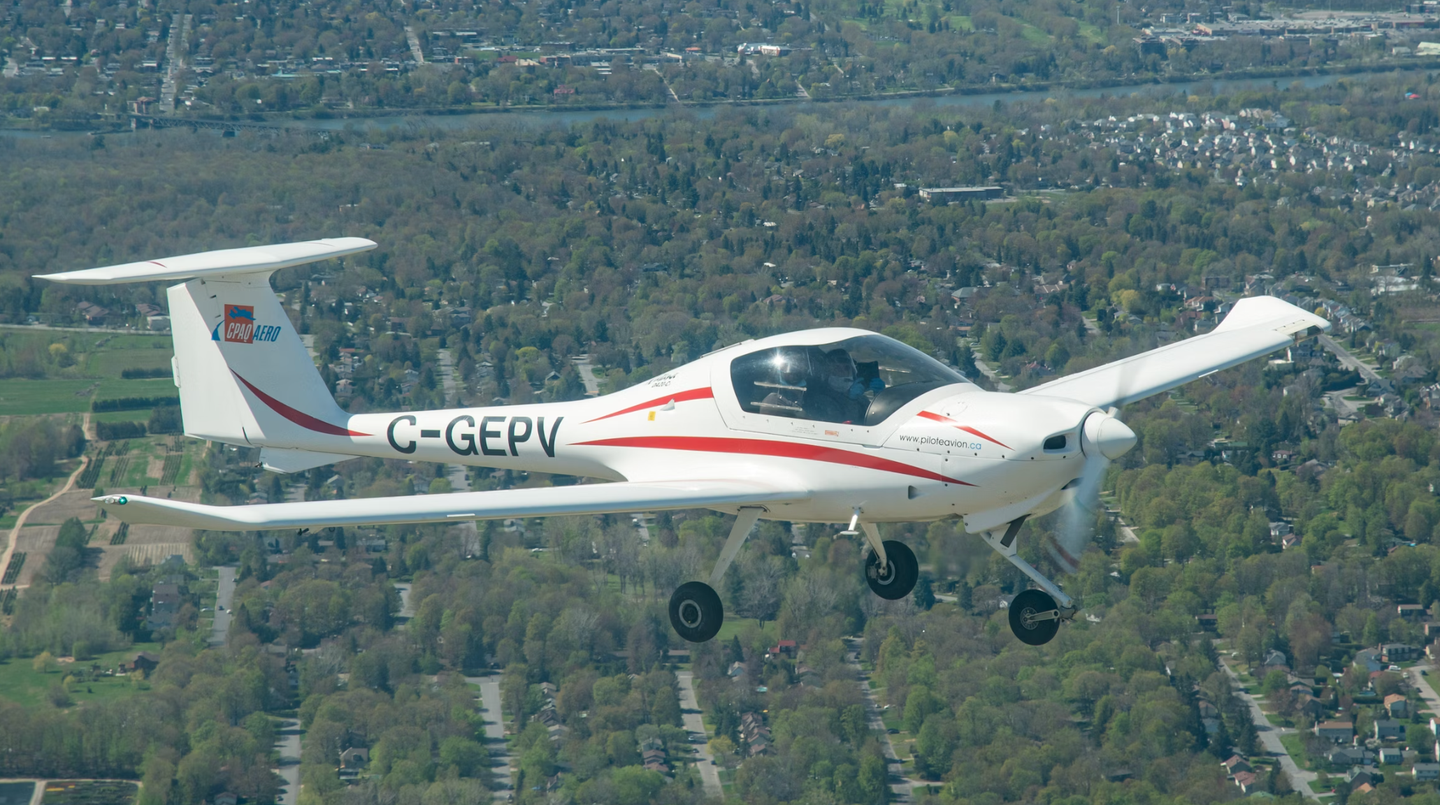GPS
The development by the United States Department of Defense of the Global Positioning System (GPS) was a watershed in area navigation, though it wasn’t the first such system. Before civil-use…

Communication technology and internet worldwide for business. Global world network connected and telecommunication on earth cryptocurrency, blockchain and IoT. Elements of this image furnished by NASA
The development by the United States Department of Defense of the Global Positioning System (GPS) was a watershed in area navigation, though it wasn't the first such system. Before civil-use GPS came along in the late 1980s, there were already a few area navigation systems, though few ever made their way into the flight decks of small planes.
There are area navigation systems that calculate position based on the relative positions of radio navaids and DME---they were extremely accurate. Bendix-King's KNS-80 navigation receiver was a modestly popular product and can still be found in the panel of some small planes, though, in our experience, they are seldom put to use.
There are also inertial systems that use sophisticated (and enormously expensive) combinations of gyroscopes and/or lasers or solid-state gyros along with magnetometers and other aids to calculate position based on rates of rotation. The science behind these various systems is complex, but their operation is fairly simple. And like sophisticated area nav units, inertial systems are very accurate. Moreover, they don't rely on navaids or satellites to work. They are entirely self-contained. Not surprisingly, these kinds of systems were widely adopted by large commercial, military and private users.
Another system, Loran, developed during World War II, used very low-frequency radio waves bounced off the atmosphere. In its initial iteration, Loran was accurate to 100 meters or so, but in its later form, Loran-C, which came to the fore in the 1970s, it was accurate to tens of meters or better. And because the revolution in electronics enabled far cheaper, smaller and lighter receivers, Loran looked like the wave of the future. Instead, it was shut down around 25 years after it began to gain popularity with pilots of light planes.
The reason? The DoD's Global Positioning System. GPS makes use of a known constellation of satellites to determine very precise points of location on the earth and in the atmosphere. As its name says, it really is a global system, too. When paired with a database, a GPS receiver can provide extremely accurate guidance from point to point. And when aided by additional ground and space-based systems to enhance accuracy, GPS receivers can provide pinpoint location capability, allowing approach courses with none of the angular uncertainty or radio infidelity that even ILS systems are liable to suffer.
While ubiquitous, GPS has its weaknesses. Because its signal is very low power, it can be jammed quite easily, and because it relies on satellites and associated systems, it is staggeringly expensive to field and maintain. But the impact it has had on aviation is unparalleled. And that impact pales in comparison to the beneficial impact it has had on our lives in thousands of other areas of life.

Subscribe to Our Newsletter
Get the latest Plane & Pilot Magazine stories delivered directly to your inbox






